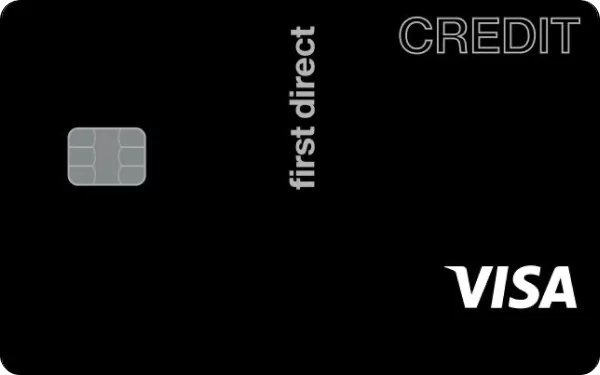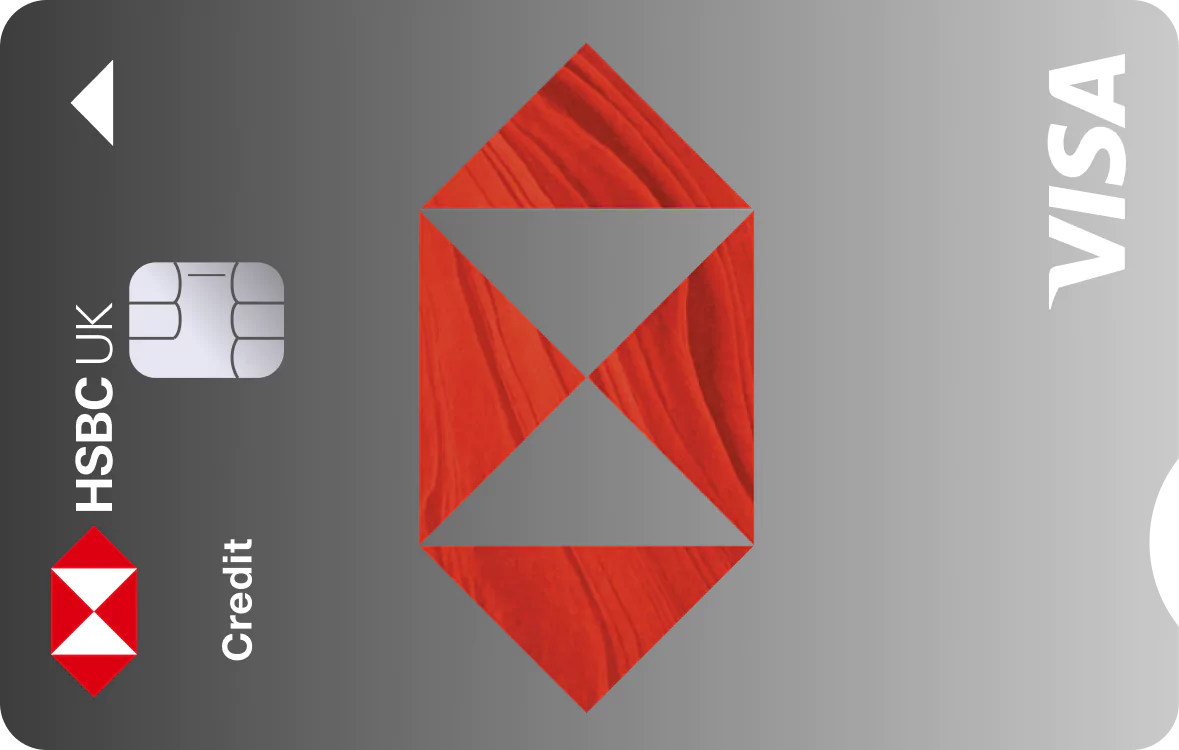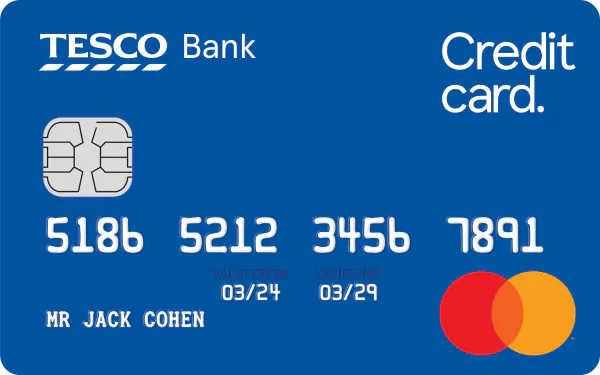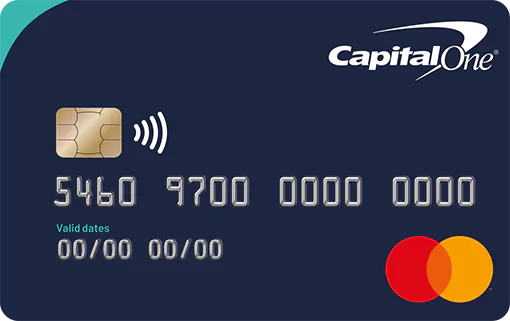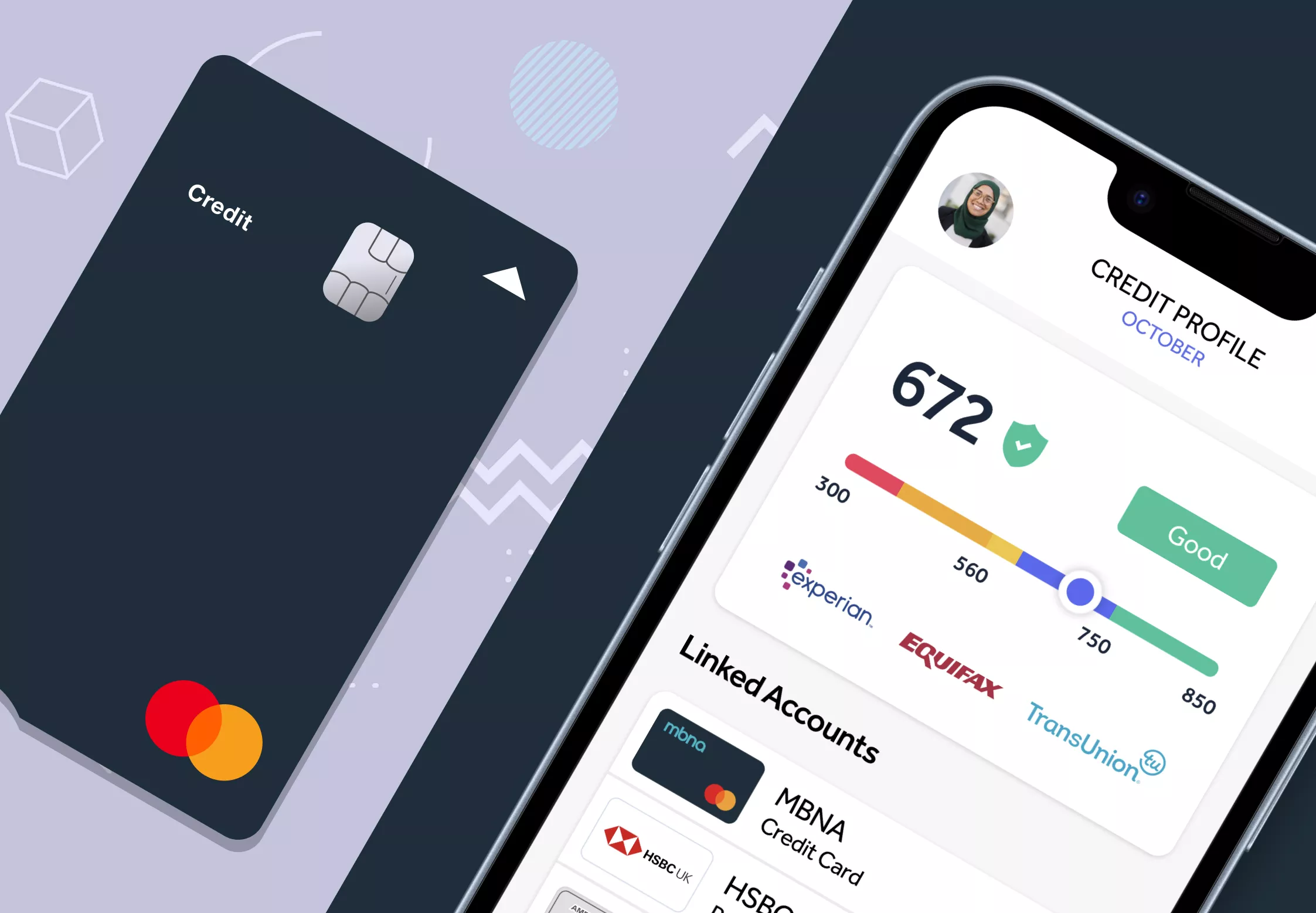Top 10 Balance Transfer Credit Cards in the UK
Editor, Consumer Finance: Michelle Blackmore
Last Updated: January 1, 2026
In This Article
Top 10 balance transfer credit cards for January 2026
A balance transfer credit card lets you move existing credit card debt to a new provider offering 0% interest for a fixed introductory period. This can mean that more of your repayments go towards reducing the balance, rather than paying interest. However, if you do not repay in full before the 0% period ends or if you miss a payment, you could pay more overall due to interest or fees.
You can compare balance transfer credit cards that, depending on the terms, your eligibility, and whether you make repayments on time, may help you manage the cost of borrowing. Acceptance is subject to status and a credit check.
Our Mintalists reviewed the balance transfer credit card market from the providers we feature, using our independent rating system. We assessed introductory 0% periods, transfer fees, eligibility criteria, and ongoing APRs to shortlist what we consider to be the top balance transfer cards for January 2026. Commercial relationships do not influence our ratings.
Key things to know:
- 0% offers typically last 12 to 30 months, but terms vary by provider.
- Most cards charge a one-off transfer fee, usually between 1% and 3% of the amount transferred.
- Missing a payment or exceeding your credit limit could result in losing the promotional rate.
- Transfers are not usually allowed between cards from the same banking group.
- You may need to complete the transfer within the first 60 to 90 days to qualify for the promotional period.
Top 10 Balance Transfer Credit Cards
Representative APR
24.9% APR (variable)
Purchases
24.90% (variable) p.a.
Balance Transfers
0% for up to 35 months, then 24.90% (variable) p.a. (3.45% fee).
Account Fees
£0
Representative Example: At an assumed credit limit of £1,200, at a purchase rate of 24.90% (variable) p.a., most accepted customers get a rate of 24.9% APR (variable).
Representative APR
24.9% APR (variable)
Purchases
24.90% (variable) p.a.
Balance Transfers
0% for 20 months (transfer made within 90 days), then 24.90% (variable) p.a. (2.99% fee)
Account Fees
£0
Representative Example: At an assumed credit limit of £1,200, with a purchase rate of 24.90% (variable) p.a., most accepted customers get a rate of 24.9% APR (variable).
Representative APR
24.9% APR (variable)
Purchases
0% for up to 6 months, then 24.94% (variable) p.a.
Balance Transfers
0% for 29 months, then 24.94% (variable) p.a. (3.49% for 3 months)
Account Fees
£0
Representative Example: At an assumed credit limit of £1,200, with a purchase rate of 24.94% (variable) p.a., most accepted customers get a rate of 24.9% APR (variable).
Representative APR
24.9% APR (variable)
Purchases
0% for up to 3 months, then 24.90% (variable) p.a.
Balance Transfers
0% for 35 months, then 24.90% (variable) p.a. (3.19% transfer fee)
Account Fees
£0
Representative Example: At an assumed credit limit of £1,200, with a purchase rate of 24.90% (variable) p.a., most accepted customers get a rate of 24.9% APR (variable).
Representative APR
24.9% APR (variable)
Purchases
0% for up to 6 months, then 24.94% (variable) p.a.
Balance Transfers
0% for 31 months, then 24.94% (variable) p.a. (3.2% fee for 3 months)
Account Fees
£0
Representative Example: At an assumed credit limit of £1,200, with a purchase rate of 24.94% (variable) p.a., most accepted customers get a rate of 24.9% APR (variable).
Representative APR
24.9% APR (variable)
Purchases
0% for up to 3 months, then 24.90% (variable) p.a.
Balance Transfers
0% for 30 months, then 24.90% (variable) p.a. (3.49% fee)
Account Fees
£0
Representative Example: At an assumed credit limit of £1,200, with a purchase rate of 24.9% (variable) p.a., most accepted customers get a rate of 24.9% APR (variable).
Representative APR
24.9% APR (variable)
Purchases
24.94% (variable) p.a.
Balance Transfers
0% for 34 months, then 24.94% (variable) p.a. (3.49% fee)
Account Fees
£0
Representative Example: At an assumed credit limit of £1,200, with a purchase rate of 24.94% (variable) p.a., most accepted customers get a rate of 24.9% APR (variable).
Representative APR
24.9% APR (variable)
Purchases
0% for up to 3 months, then 24.90% (variable) p.a.
Balance Transfers
0% 34 months, then 24.90% (variable) p.a. (3.15% fee)
Account Fees
£0
Representative Example: At an assumed credit limit of £1,200, with a purchase rate of 24.90% (variable) p.a., most accepted customers get a rate of 24.9% APR (variable).
Representative APR
24.9% APR (variable)
Purchases
24.9% (variable) p.a.
Balance Transfers
0% for 34 months, then 24.94% (variable) p.a. (3.45% fee)
Account Fees
£0
Representative Example: At an assumed credit limit of £1,200, with a purchase rate of 24.9% (variable) p.a., most accepted customers get a rate of 24.9% APR (variable).
Representative APR
29.9% APR (variable)
Purchases
0% for up to 3 months, then 29.90% (variable) p.a.
Balance Transfers
0% for 14 months, then 29.90% (variable) p.a. (2.5% fee for 2 months)
Account Fees
£0
Representative Example: At an assumed credit limit of £1,200, with a purchase rate of 29.90% (variable) p.a., most accepted customers get a rate of 29.9% APR (variable).
What are balance transfer credit cards?
A credit card with a balance transfer allows you to move existing credit card debt to a new credit card, often with a promotional 0% interest period. These cards are typically used by people looking to reduce interest payments and manage debt more effectively.
In the UK, balance transfers may incur a transfer fee which is usually a percentage of the amount transferred. Some card issuers also waive this fee during the promotional period. The primary goal of a balance transfer credit card is to repay the transferred debt during the 0% interest period; since interest is typically not charged during this time, each payment goes toward reducing the balance.
Once this period ends, the card’s standard interest rate that was offered to you in the terms and conditions applies to any remaining balance.
How do balance transfer credit cards work?
A balance transfer works by allowing the new credit card provider to pay off part or all of your existing credit card debt. You then repay the new provider, often at a promotional 0% interest rate for a limited time.
Key points:
- 0% interest offers usually last between 12 and 30 months
- Balance transfer fees are often between 0% and 3% of the transferred amount
- Standard APR applies after the promotional period ends
- Credit limits are subject to status and provider terms
- Transfers within the same provider are generally not allowed
Mintip: A balance transfer card can help reduce interest. You can also use Mintify’s Balance Transfer Calculator to enter your own details and see how much you could save with a balance transfer credit card compared with your current card.
Plan Before You Switch
Use our Balance Transfer Calculator to find the right card for you.
If you’re carrying credit card debt, a balance transfer credit card can help you pay it down faster by moving your balance to a new card with 0% interest for a set period. Using a balance transfer calculator helps you understand how much interest you could potentially save by transferring debt from your existing cards to a balance transfer card.

Example of how a balance transfer could work
The example below demonstrates how a balance transfer credit card might work in practice. This is an illustrative example and does not represent any specific credit card product.
- A person owes £4,000 on an existing credit card with an annual interest rate of 24.9%.
- They apply for a balance transfer credit card that offers 20 months at 0% interest and charges a one off transfer fee of 3%.
- If the full £4,000 is transferred, the one off fee would be £120, making the new balance £4,120.
- To repay the balance within the 0% period, they would need to pay approximately £206 per month over 20 months.
- During this time, no interest would typically be charged on the transferred balance, as long as they meet the terms of the card (such as minimum repayments and staying within the credit limit).
- The exact cost, term, and eligibility depend on the credit card provider, credit checks, and your financial circumstances.
How to compare balance transfer credit cards and find the right one
Comparing balance transfer credit cards can help you weigh up the different features each card offers, depending on what matters most to you. For example, most balance transfer cards include a 0% interest period that can range from 12 to over 30 months. The most suitable option will depend on how long you think you’ll need to repay the balance.
Other features that may differ between cards include:
- A one off balance transfer fee, usually between 1% and 3%.
- The representative APR applied after the 0% period ends.
- Additional features such as promotional offers on purchases or tools such as credit tracking.
Compare the best balance transfer credit cards and see which offers you might be eligible for or use Mintify’s Balance Transfer Calculator to compare your current repayments with a 0% balance transfer card and see how much you could save in interest, how quickly you could become debt-free, and what your repayment schedule might look like.
Best balance transfer credit cards with no transfer fee
Some credit card providers offer balance transfer cards with no transfer fee. These cards may come with shorter interest-free periods, so they could be more suitable for smaller balances or for those looking to avoid upfront costs entirely.
An example of a no-fee balance transfer credit card is the Santander Everyday No Balance Transfer Fee Credit Card. At the time of writing, it offers 0% interest on balance transfers for up to 12 months, with no transfer fee, and 0% on purchases for up to 3 months.
You can check your eligibility for this card without affecting your credit score. Terms and conditions may change, so it’s important to review the latest details with the provider before applying.
While no-fee balance transfer credit cards can appear more cost-effective upfront, they may not be available to everyone. If you’re not eligible for one, a card with a balance transfer fee and a longer 0% period could still help reduce the overall interest you’d otherwise pay.
Before applying, consider how long you’ll need to repay your balance. Even if a card charges a one-off transfer fee, the cost may still be lower than the interest you’d incur by keeping the balance on your current card.
Always check your eligibility before applying to find a card that suits your needs, and ensure the terms align with your repayment plan.
Things to know before transferring a balance
If you’re considering a balance transfer credit card, there are a few important points to be aware of. The below features can vary by provider, so it’s important that you check the terms carefully:
Make at least the minimum repayment on time each month.
Missing a payment may result in losing the promotional interest rate.
Make at least the minimum repayment on time each month.
Missing a payment may result in losing the promotional interest rate.
Aim to repay the full balance before the 0% period ends.
After the promotional period, the card’s standard interest rate (APR) usually applies to any remaining balance.
Avoid cash withdrawals or new purchases unless your provider confirms the rate applies.
These may be charged at a different interest rate or may not qualify for the promotional terms.
Most providers only offer the 0% deal for transfers made shortly after opening the account.
This is typically within 60 to 90 days, but check the specific terms of your card.
Mintip: Transferring a balance may reduce the cost of borrowing, but it doesn’t reduce the debt itself and paying off the balance remains the key to being debt free. Find out in minutes how much interest you could save by using a Balance Transfer Calculator .

Find the right Credit Card for you
No impact to your credit score
Find out which cards you’re eligible for
34.4% Representative APR (variable)
Mintify Limited, trading as Mintify, is an Introducer Appointed Representative of Creditec Limited who acts as a credit broker, not a lender.
Tips to improve your application approval chances
Card issuers in the UK assess your eligibility based on various criteria, including credit history and current financial circumstances. While each credit card provider has its own criteria, the following general factors are often considered:
Being on the electoral roll
This can help credit providers verify your identity and address history, which may improve your chances of approval.
Low credit utilisation
Using a smaller portion of your available credit can indicate responsible credit use and may be viewed positively by lenders.
Limited recent credit applications
Several credit applications in a short period may be seen as a sign of financial stress.
Updated credit report
Check that your credit report is accurate and up to date to ensure lenders see correct information.
Stable income and address history
Consistency and stability may give lenders more confidence in your ability to manage repayments over time.
Which balance transfer card could suit your needs?
When comparing balance transfer cards, there are a few key things to consider and your eligibility will play an important role in narrowing down the options. Balance transfers generally can’t be made between cards from the same provider or banking group, so your current credit card issuer will affect which options are available.
Using an eligibility checker can help you see your chances of approval for balance transfer cards, with no impact on your credit score.
If you’re eligible for multiple cards, here are some features that could help you compare them:
- Balance transfer period
This is the length of time you’ll be charged 0% interest on the transferred balance. It varies by provider and product. Choose a timeframe that gives you enough breathing room to repay the full amount. - Balance transfer fee
Most cards charge a one-time fee, typically 1% to 3% of the balance. Cards with longer 0% periods often have higher fees, while shorter-term offers may come with no fee. - Representative APR
After the 0% period ends, the remaining balance is usually charged interest at the card’s standard APR. Only 51% of applicants must receive the advertised APR — others may be offered a different rate, subject to credit assessment.
Your personal financial circumstances, credit history, and the credit card providers’ criteria will determine which offers are available to you.
Balance transfer credit cards for poor credit
Whilst many balance transfer credit cards in the UK are aimed at people with good or excellent credit, some options may be available for people with poor or limited credit histories. These typically fall under the category of credit building credit cards, and a small number of these cards may allow balance transfers.
These cards are usually designed for people working to improve their credit profile. They may offer shorter 0% interest periods and higher ongoing APRs, so it’s important to consider how quickly you can repay the balance to minimise interest charges.
If you are not offered a credit limit high enough to move your entire balance, transferring part of it to a card with a 0% introductory rate could still help reduce the interest you pay. However, if you do not clear the transferred balance before the end of the promotional period, or if you miss a payment, you could end up paying more overall due to interest or fees.
As with any credit card, it is important to make at least the minimum repayments on time and stay within your credit limit to avoid charges and protect your credit profile. Acceptance is subject to status, individual circumstances, and a credit check.
If you are unsure which product is right for you, an eligibility checker can help you understand your chances of approval without affecting your credit score. Before applying for any new credit, consider whether it is the right option for your circumstances. Free and impartial debt advice is available from independent organisations such as StepChange, National Debtline, and MoneyHelper.
Mintip: Repeatedly moving debt between cards may lead to long term borrowing that becomes harder to repay and even cause a cycle of persistent debt.
Best 0% balance transfer credit cards for poor credit
Below are balance transfer credit cards from the providers we feature that may be available to people with poor or limited credit histories. We selected these based on factors such as the length of the 0% balance transfer period, transfer fees, ongoing interest rates, and potential eligibility for applicants in this category. Commercial relationships do not influence our selection.
Representative APR
34.9% APR (variable)
Purchases
0% for up to 3 months, then 34.94% (variable) p.a.
Balance Transfers
0% for 18 months, then 34.94% (variable) p.a. (3% fee)
Account Fees
£0
Representative Example: At an assumed credit limit of £1,200, with a purchase rate of 34.94% (variable) p.a., most accepted customers get a rate of 34.9% APR (variable).
Representative APR
34.9% APR (variable)
Purchases
34.95% (variable) p.a.
Balance Transfers
0% for 5 months then 34.95% (variable) p.a. (3% fee). Balance transfers must be made within the first 60 days
Account Fees
£0
Representative Example: At an assumed credit limit of £1,200, with a purchase rate of 34.95% (variable) p.a., most accepted customers get a rate of 34.9% APR (variable).
Representative APR
36.9% APR (variable)
Purchases
36.9% (variable) p.a.
Balance Transfers
0% for up to 18 months, then 36.9% (variable) p.a. (2.9% fee). Balance transfers must be made within the first 60 days
Account Fees
£0
Representative Example: At an assumed credit limit of £1,200, with a purchase rate of 36.9% (variable) p.a., most accepted customers get a rate of 36.9% APR (variable).

Find the right Credit Card for you
No impact to your credit score
Find out which cards you’re eligible for
34.4% Representative APR (variable)
Mintify Limited, trading as Mintify, is an Introducer Appointed Representative of Creditec Limited who acts as a credit broker, not a lender.
Is a debt consolidation loan a better option?
If you’re unable to qualify for a balance transfer credit card, or your credit limit isn’t high enough to cover your existing debt, a debt consolidation loan could be an alternative to explore.
These loans let you combine multiple debts into a single monthly repayment, which can make managing your finances easier. Depending on your credit profile and the loan terms, this option may come with lower overall interest than your current borrowing.
To learn and understand more, read our guide on how debt consolidation loans work to see if this could be a better option for you.
Frequently asked questions about balance transfers
Can I transfer more than one balance?
Yes, many providers allow multiple balance transfers, up to the card’s approved credit limit.
Are there balance transfer credit cards for people with bad credit?
Yes, there are some balance transfer credit cards available for people with poor credit histories, though the options may be more limited. These cards typically offer shorter 0% interest periods and may come with higher representative APRs.
One example is the Capital One Balance Transfer Credit Card, which may consider applicants with lower credit scores. Approval depends on individual circumstances and a credit check. Always compare options carefully and consider seeking free debt advice if you’re struggling with persistent debt.
What happens when the 0% interest period ends?
After the promotional period ends, any remaining balance is usually subject to the card’s standard variable APR, as set by the issuer.
Will applying affect my credit score?
Using an eligibility checker will not impact your credit score. A full application may result in a hard search, which could temporarily affect your score.
Can I transfer a balance from the same provider?
In most cases, balance transfers must be made to a card issued by a different provider. Transfers within the same banking group are typically not permitted.
Is there a limit on how much I can transfer?
Yes, balance transfers are usually subject to your credit limit, and some credit card providers may impose additional caps on how much you can transfer.
How long do I have to make a balance transfer after getting the card?
Most providers require you to complete your balance transfer within 60 to 90 days of account opening to access the 0% promotional rate. Check the card’s terms for exact details.
Do balance transfer cards have any fees?
Many balance transfer cards charge a one-off fee, typically 1% to 3% of the amount transferred. Some cards offer no-fee transfers, but these may have shorter 0% periods.
What are no fee balance transfer credit cards?
No-fee balance transfer credit cards let you move existing debt from one card to another without paying a balance transfer fee which typically ranges from 1% to 3% on standard cards.
These cards still offer a 0% interest period for a set time, allowing you to repay your balance without interest and without the added upfront cost of a transfer fee.
What is a balance transfer credit card eligibility checker
A balance transfer credit card eligibility checker is a tool that lets you see which credit cards you’re likely to be approved for without affecting your credit score. It runs a soft search based on your details (like income, employment, and existing credit history) and matches you with balance transfer cards that you’re eligible to apply for. This helps you avoid wasting applications on cards that may reject you.
What if I’m not eligible for a balance transfer card?
If you’re not eligible for a balance transfer card, there are other ways to explore reducing the cost of debt:
- Some credit card providers may offer a lower interest rate if you have a strong repayment history, though this is at their discretion.
- Transferring balances between existing cards could reduce interest costs, but fees may apply and the interest rate may vary.
- Some people explore debt consolidation loans to combine existing debts into a single repayment. This can reduce the interest rate but may extend the repayment period and increase the total cost over time.
Next steps: Understanding your options
If you’re considering a balance transfer card, you can check out the full list of balance transfer credit cards and check your eligibility to view your chances of approval with no impact on your credit score.
If you’re struggling with debt, the StepChange Debt Remedy tool is a free and confidential service. It asks a few questions about your income, spending and circumstances, then provides guidance tailored to your situation.
Recommended Reading
If you want to explore more balance transfer and credit card topics, these guides may help:
Related Articles
Check your credit card eligibility in the UK
Balance transfer cards for credit builders
How much can you balance transfer?
The content presented here has been impartially gathered by the Mintify team and is offered on a non-advised basis for informational purposes only. We adhere to strict editorial integrity
Editor, Consumer Finance: Michelle Blackmore
Last Updated: January 1, 2026
